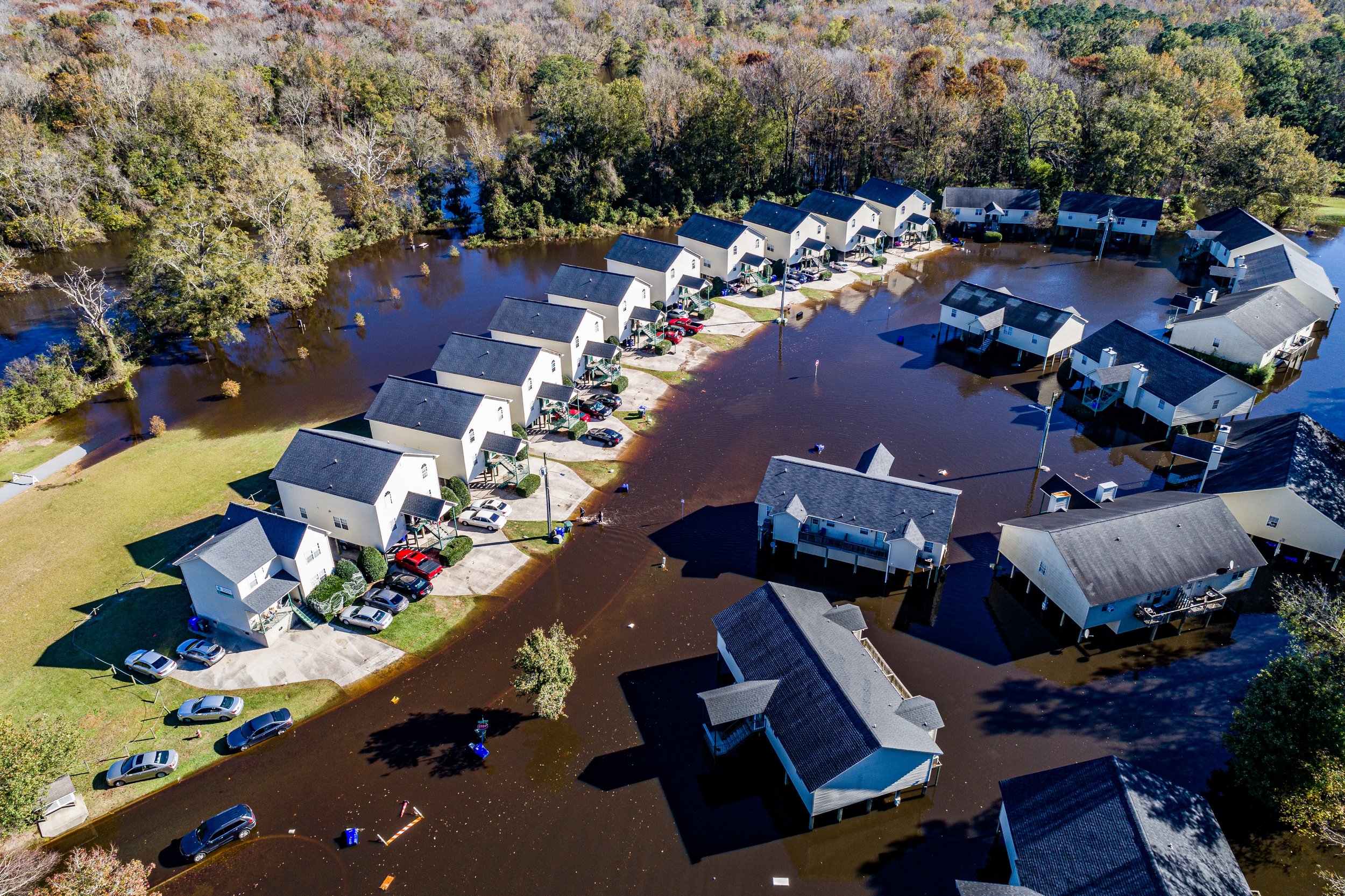Flood Risk Assessment Guide for Home Buyers
Read Time 3 mins | Written by: Henge Team

Navigating the complexities of buying a home involves more than just falling in love with the property—it's crucial to assess flood risks to protect your investment. Understanding Flood Zones and Maps
Before purchasing a home, it's essential to understand the flood zones and maps provided by the Federal Emergency Management Agency (FEMA) or other local authorities. These maps indicate areas at higher risk of flooding based on historical data and geographical factors.
Check whether the property falls within a high-risk flood zone (often referred to as Special Flood Hazard Areas or SFHAs) or a moderate-to-low-risk area. Understanding the property's flood zone classification can help you anticipate potential risks and insurance requirements.
Evaluating Property Elevation and Drainage
The elevation of a property plays a significant role in its flood risk. Higher elevations are generally less susceptible to flooding, while lower-lying areas are more vulnerable. Ensure that the property is adequately elevated above nearby water bodies and flood-prone areas.
Assess the drainage systems in place around the property. Proper drainage can help mitigate flood risks by channeling water away from the home. Look for signs of poor drainage, such as pooling water, damp basements, or erosion.
Investigating Historical Flood Data
Research historical flood data for the area and the specific property. Local government offices, real estate agents, and neighbors can provide valuable insights into past flooding events. Understanding the frequency and severity of past floods can help you gauge future risks.
Consider whether the property has experienced flooding before and the extent of the damage. Previous flood damage, especially if not properly repaired, can lead to significant issues down the line.
Assessing Home Construction and Flood Resilience
Examine the construction features of the home to determine its resilience to flooding. Homes built with flood-resistant materials and elevated foundations are better equipped to handle flood events.
Look for signs of previous flood damage, such as water stains, mold, or warped floors. Ensure that the home has features like sump pumps, flood vents, and backflow valves to reduce flood damage.
Considering Flood Insurance Options
Flood insurance is a critical consideration when buying a home in a flood-prone area. Standard homeowner's insurance policies typically do not cover flood damage, so obtaining a separate flood insurance policy may be necessary.
Research the cost and availability of flood insurance for the property. Premiums can vary based on the flood zone, elevation, and other risk factors. Understanding these costs will help you make an informed decision about the potential financial implications of purchasing the property.

